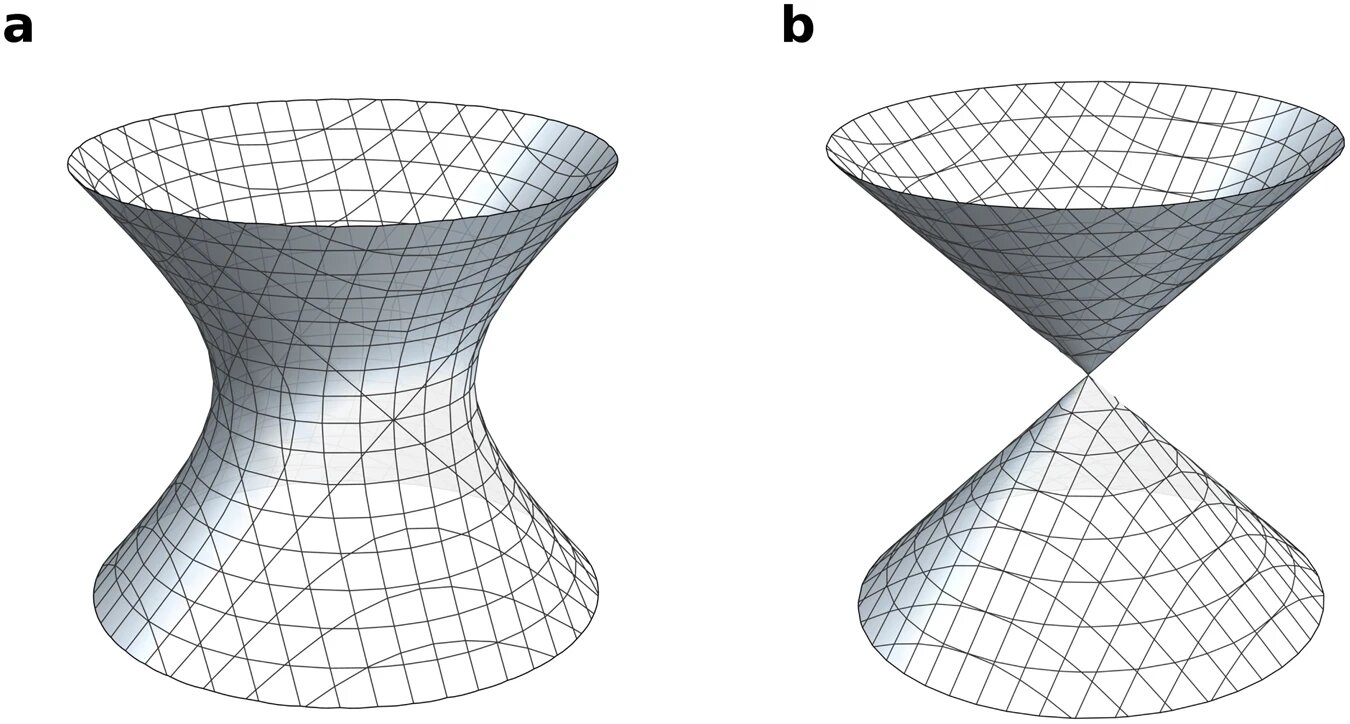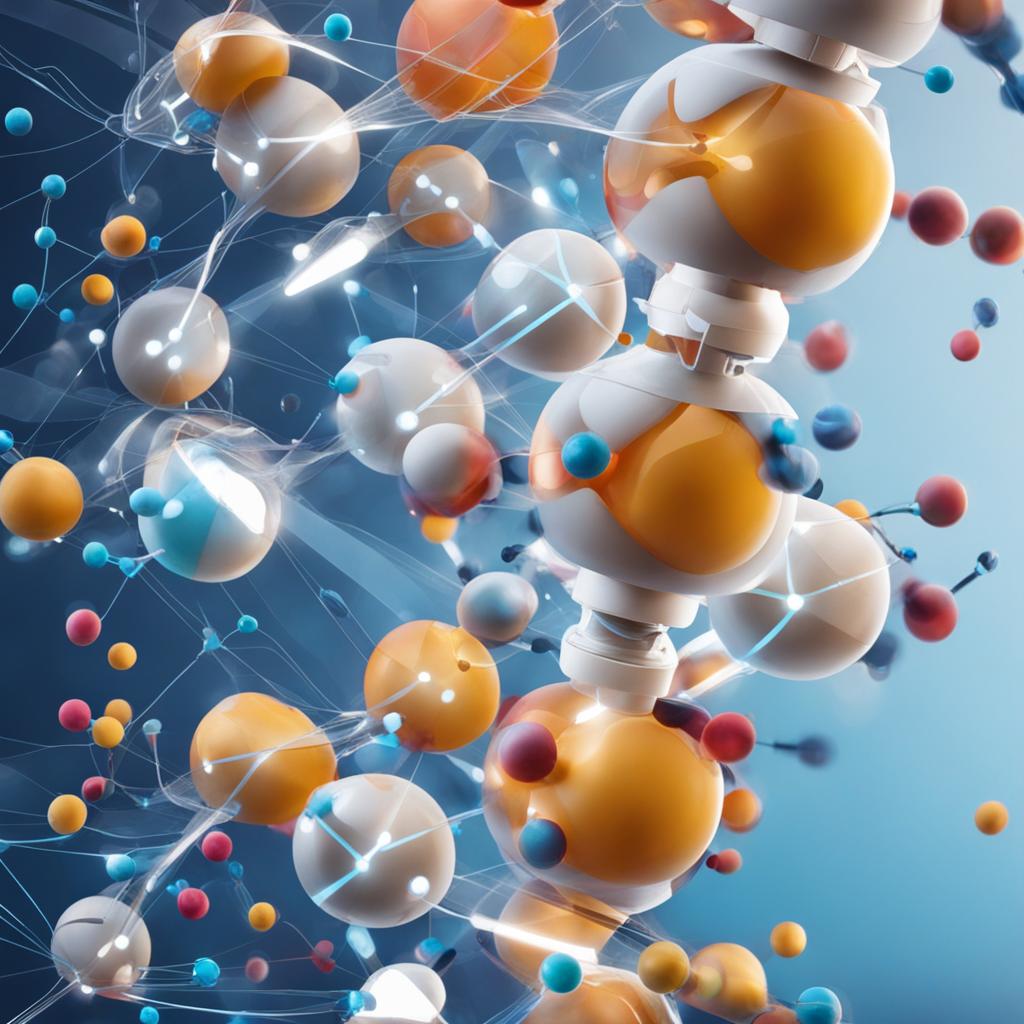In cutting-edge research that could inspire the creation of novel mathematical findings, researchers have utilized machine learning to discover the characteristics of atomic units of geometry.
For the first time, mathematicians from the University of Nottingham and Imperial College London have used machine learning to expand and expedite work discovering “atomic shapes” that constitute the fundamental building blocks of geometry in higher dimensions.

The scientific team began working on a periodic table of shapes several years ago. The atomic particles are known as Fano varieties. Each form is assigned a sequence of numbers known as quantum periods, which results in a “barcode” or “fingerprint” that describes the shape. Their current achievement employs a novel machine learning technology to rapidly sift through these barcodes, detecting shapes and their attributes such as each shape’s dimension.
The key stage for mathematicians is determining the pattern in a given problem. According to Alexander Kasprzyk, this can be extremely difficult, and certain mathematical theories can take years to find.
According to Professor Tom Coates, they have demonstrated that machine learning is a great tool for finding patterns in complex fields like algebra and geometry. This is where artificial intelligence might really revolutionize mathematics.
They are particularly happy that machine learning can be applied in pure mathematics, says Sara Veneziale, co-author and a Ph.D. student in the team. New insights across the field will be accelerated by this.








